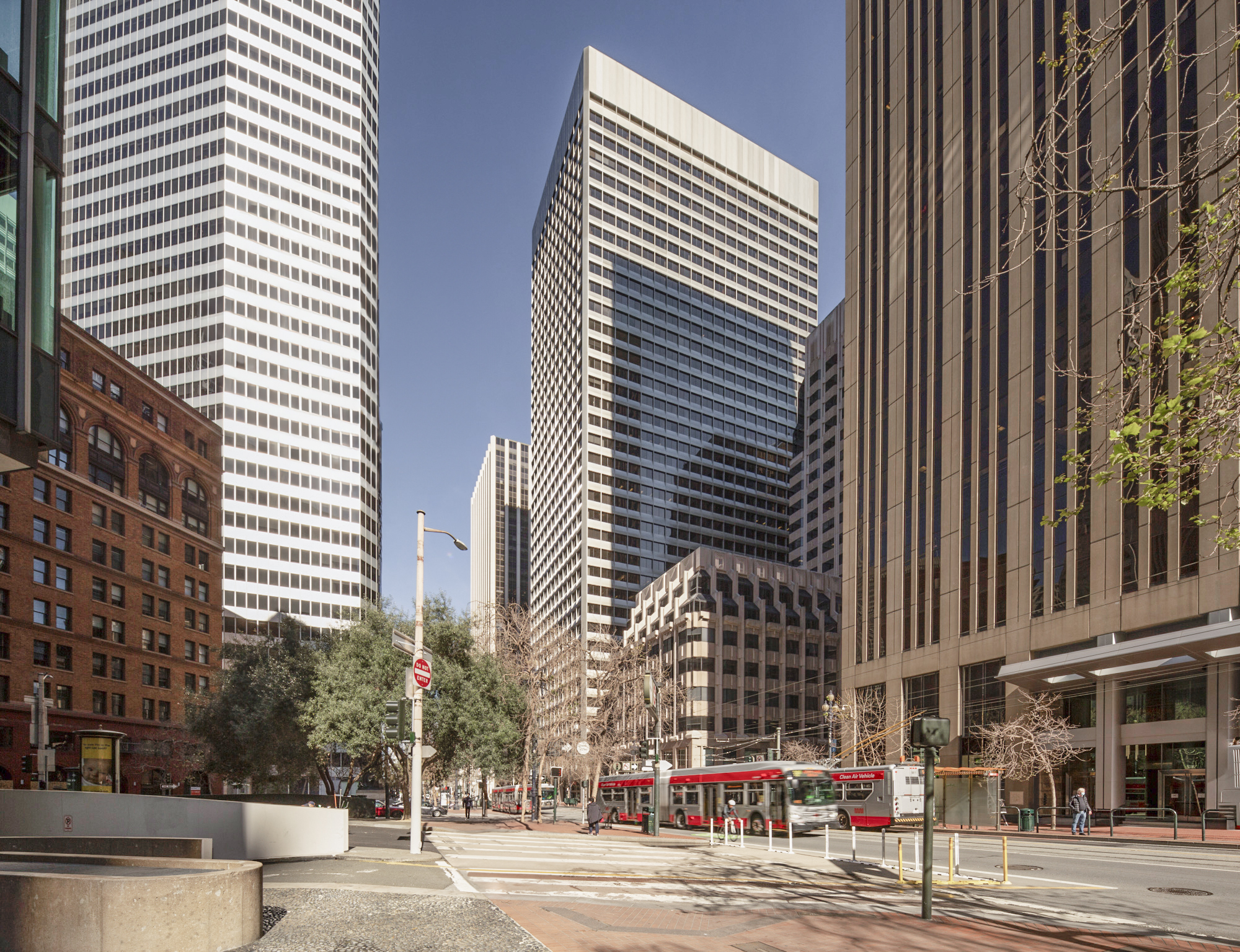The 425 Market Street Building is an International Style skyscraper designed by Skidmore, Owings & Merrill, and built in 1973 in San Francisco, CA.
425 Market Street Building is not the only name you might know this building by though. It is common for companies to want to attach their names to iconic buildings when they move in, or for the general public to come up with nicknames, and this one is no exception. The building has changed names several times over the years, and is also known as:
- 1 Metropolitan Life Plaza.
- 1 Metro Plaza until 1973.
Its precise street address is 425 Market Street, San Francisco, CA. You can also find it on the map here.
At the time of its completion in 1973 the 425 Market Street Building incorporated solutions that were quite advanced at the time, these included a high-speed internal system for data transmission, internal office mail, and file sharing.
The building underwent a major restoration in 1988. The architect commissioned to undertake this restoration was Holmes Group.











